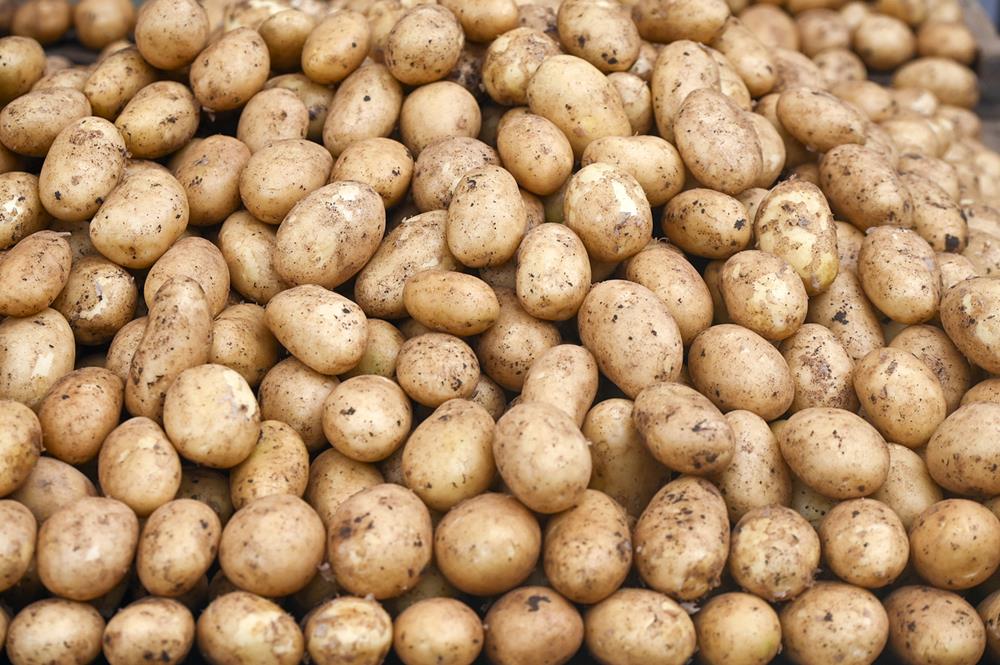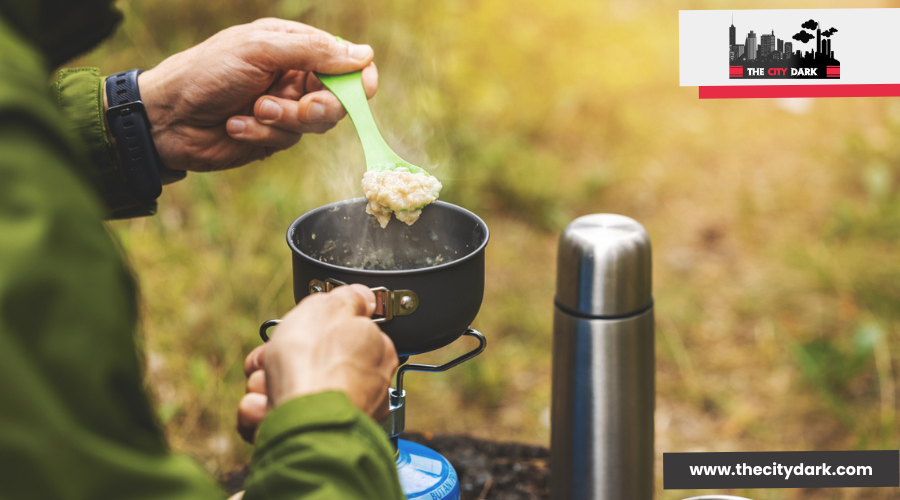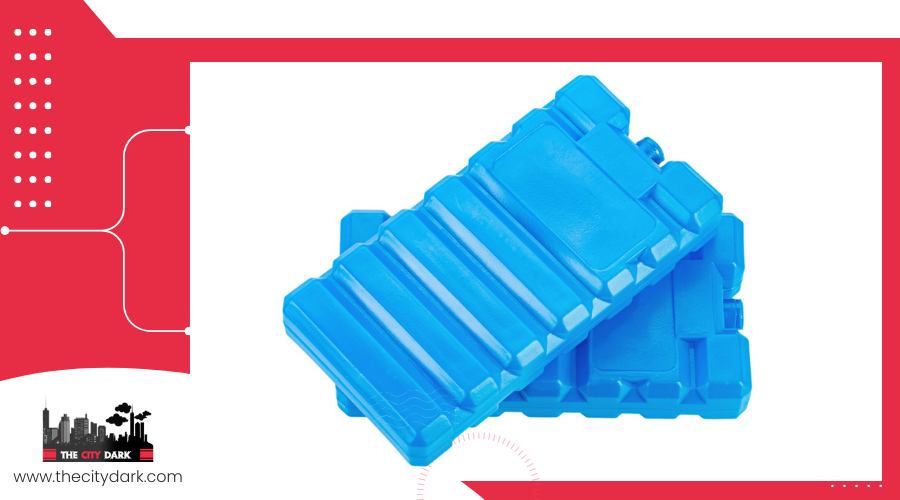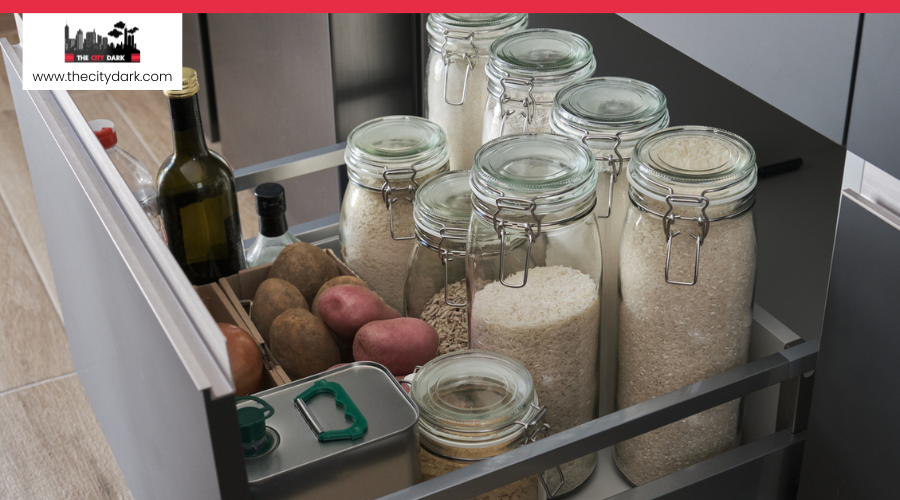How to Store Sugar Long Term and Keep It Fresh

Sugar may not spoil in the traditional sense, but that doesn’t mean it lasts forever without care. Whether you're building an emergency food supply, buying in bulk to save money, or simply want to avoid waste, proper storage is key to keeping sugar fresh and usable for years.
In this article, we’ll walk you through the best methods for long-term sugar storage, the types of containers to use, and tips to prevent clumping, pests, and moisture damage. With the right approach, your sugar can stay as sweet and ready-to-use as the day you bought it.
| Storage Tip | Description |
|---|---|
| Store in a Cool, Dry Place | Keep sugar away from moisture and heat to prevent clumping, spoilage, or mold growth. |
| Use Airtight Containers | Food-grade plastic buckets, Mylar bags, vacuum-sealed containers, or glass jars prevent air, odors, and pests from entering. |
| Avoid Odor Exposure | Do not store sugar near strong-smelling items like onions or cleaning products, as sugar absorbs odors easily. |
| Check Regularly | Inspect for pests, mold, or strange smells to ensure sugar remains safe and usable over time. |
| Granulated Sugar Storage | Keep dry in airtight containers at room temperature; can last indefinitely when properly stored. |
| Brown Sugar Storage | Needs slight moisture; store in airtight containers with a slice of bread, damp paper towel, or sugar saver to stay soft. |
| Powdered Sugar Storage | Prone to clumping; store in sealed containers and keep away from humidity. |
| Avoid Oxygen Absorbers | Not recommended for sugar as they can introduce moisture and aren’t necessary for preservation. |
| Keep Away from Pests | Seal containers tightly and avoid open packaging to prevent contamination from insects or rodents. |
| Support Emergency Preparedness | Sugar provides energy, improves food taste, and boosts morale in crisis situations, making it a valuable part of long-term storage. |
Understanding the Shelf Life of Sugar
When it comes to long-term storage, sugar stands out for its impressive shelf life. If stored properly in a cool, dry place, sugar can last indefinitely without spoiling or losing flavor. It doesn’t go bad in the traditional sense—but it can still be affected by poor storage conditions.
While many sugar packages include a “best by” date—often around two years—this refers to quality, not safety. The real threats to sugar's longevity are moisture, odors, pests, and contaminants. Moisture can cause clumping, while exposure to strong odors may alter its taste.
It's also important to understand that different types of sugar—such as granulated, brown, and powdered—require slightly different storage methods. Using airtight containers is one of the best ways to protect sugar from humidity and bugs, helping it stay fresh and ready to use for the long haul.
Factors That Can Affect Sugar's Longevity
While sugar can last indefinitely under the right conditions, several factors can shorten its shelf life if not managed properly.
1. Moisture
Moisture is the biggest threat to sugar storage. It can cause clumping, hardening, and even mold in extreme cases. To prevent this, always store sugar in airtight containers and keep it in a cool, dry place.
2. Air Exposure
Leaving sugar exposed to air can lead to changes in texture and invite unwanted odors. Brown sugar, in particular, tends to dry out and harden. To keep it soft, you can add a slice of bread, a damp paper towel, or a sugar saver inside the container.
3. Odors
Sugar easily absorbs strong smells from nearby foods or cleaning products. Avoid storing it near spices, onions, or anything with a strong scent to preserve its clean taste.
4. Pests
Insects and rodents are naturally drawn to sugar. Storing it in sealed, pest-proof containers helps keep it safe and uncontaminated.
By managing these factors, you’ll keep your sugar fresh, easy to use, and safe for the long haul.
Essential Storage Conditions for Sugar

To keep sugar fresh and ready to use for the long term, it’s important to store it under the right conditions.
Cool, Dry Environment: Moisture is sugar’s biggest enemy—it can lead to clumping and spoilage. Always store sugar in a cool, dry place, away from humidity and direct sunlight.
Airtight Containers: Use airtight containers to protect sugar from moisture, pests, and strong odors. This is especially important for brown and powdered sugar, which are more sensitive to changes in environment.
Check Regularly: While sugar doesn’t expire, it’s a good habit to check for any unusual smells, signs of insects, or contamination. These could affect both the taste and safety of the sugar.
Avoid Chemicals and Heat: Keep sugar containers away from cleaning products, strong-smelling items, and extreme temperatures, which can alter its quality.
When stored properly, granulated sugar can last indefinitely, making it a smart and stable item for long-term food storage.
Choosing the Right Containers for Sugar Storage

Using the right container is key to keeping sugar fresh, dry, and safe from pests.
Airtight containers are a must. Options like food-grade plastic buckets, Mylar bags, or vacuum-sealed containers help block out moisture and contaminants. For smaller quantities, glass mason jars are a great choice—they seal tightly and won’t absorb odors.
When storing brown sugar, use a container that retains a bit of moisture to prevent it from hardening. Adding a slice of bread, a sugar saver, or a damp clay disc inside the container can help keep it soft.
To protect sugar quality:
Store all containers in a cool, dry place
Avoid containers that can absorb moisture or odors
Make sure lids are secure to keep pests out
With the right containers and environment, your sugar will stay fresh and ready to use for years to come.
Specific Techniques for Storing Different Types of Sugar
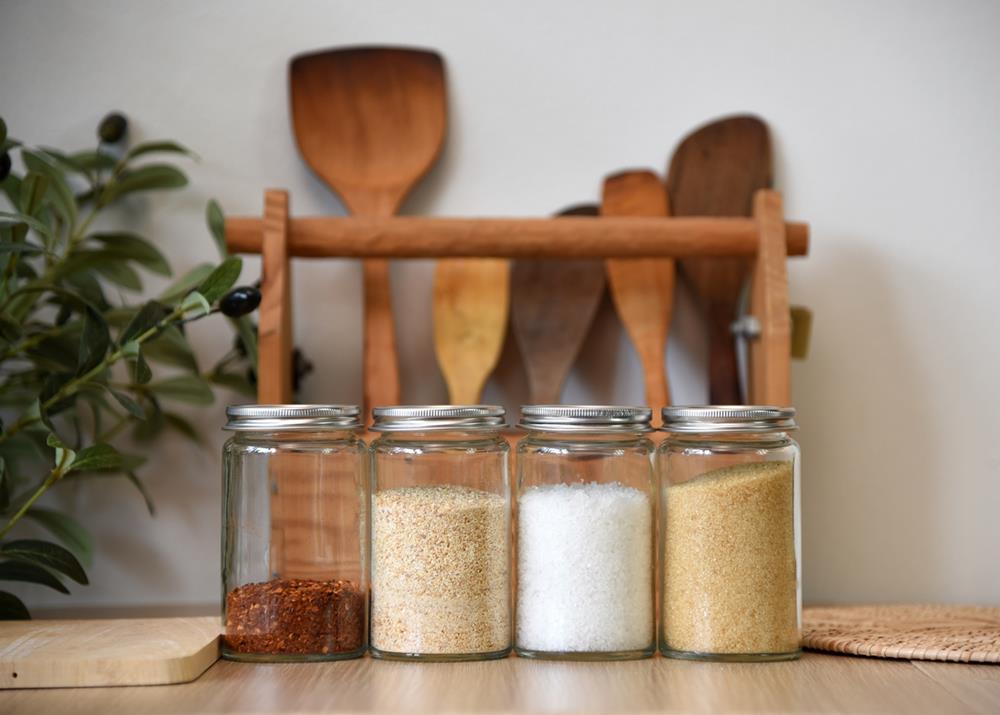
Each type of sugar has unique storage needs to keep it fresh and ready for use over time. Here's how to store them properly:
Granulated Sugar
This type is the easiest to store. Keep it in airtight containers at room temperature in a dry place. It doesn’t spoil and can last indefinitely if protected from moisture and contaminants.
Brown Sugar
Brown sugar is prone to hardening because of its molasses content. To keep it soft:
Store in an airtight container
Add a slice of bread, damp paper towel, or ceramic sugar saver to retain moisture
Powdered (Confectioners') Sugar
Powdered sugar absorbs moisture quickly and can clump. Store it in sealed bags or containers—preferably in a cool, dry space—and avoid any exposure to humidity.
Long-Term Storage Tip
For all sugar types, airtight containers are more effective than oxygen absorbers. Sugar doesn’t need oxygen removal, and oxygen absorbers can actually introduce unwanted moisture.
By using the right storage techniques for each sugar type, you’ll ensure your supply stays fresh, clump-free, and always ready to use.
Common Mistakes to Avoid in Sugar Storage
To keep your sugar fresh and usable for the long term, it’s important to avoid a few common storage mistakes that can affect its quality.
1. Storing in Humid Environments
Moisture is sugar’s worst enemy. Storing sugar in damp or humid areas can cause clumping, hardening, or even mold. Always choose a cool, dry place for storage.
2. Using the Wrong Containers
Avoid flimsy or non-sealed packaging. Use food-grade, airtight containers to protect sugar from moisture, pests, and odors. This is especially important for brown and powdered sugar.
3. Ignoring Pest Prevention
Insects and rodents are drawn to sugar. Failing to check your storage area or container can lead to contamination. Inspect regularly and seal containers tightly.
4. Storing Near Strong Odors
Sugar absorbs smells easily. Avoid placing it near items like onions, spices, or cleaning products to preserve its natural flavor.
By steering clear of these mistakes, you can extend your sugar’s shelf life and keep it in perfect condition for whenever you need it.
Enhancing Your Preparedness With Long-Term Sugar Storage

Sugar is more than just a sweet treat—it’s a versatile staple that plays an important role in emergency preparedness. It provides quick energy, enhances the flavor of stored meals, and can even lift morale during stressful situations.
To ensure sugar stays fresh and ready to use, store it in airtight containers to protect against moisture, pests, and odors. Proper storage prevents clumping and keeps it safe from contamination, making it a dependable ingredient when you need it most.
Different types of sugar have different needs. For example:
Granulated sugar should be kept completely dry
Brown sugar needs a bit of moisture to stay soft and usable
When stored correctly, sugar can last indefinitely, giving you the ability to make baked goods, sweeten drinks, and maintain some normalcy—even in a crisis.
Including sugar in your long-term storage plan is a simple step that adds both practical value and comfort to your emergency supplies.

